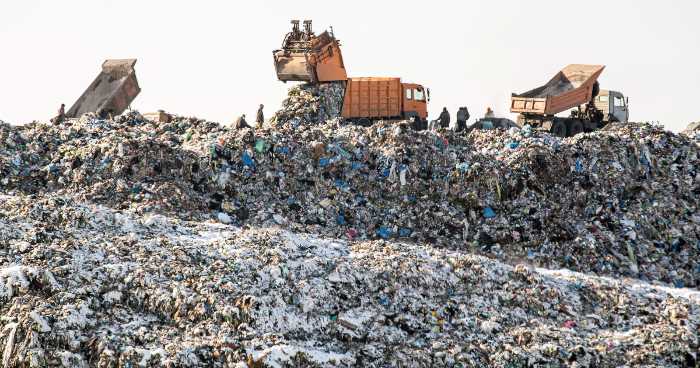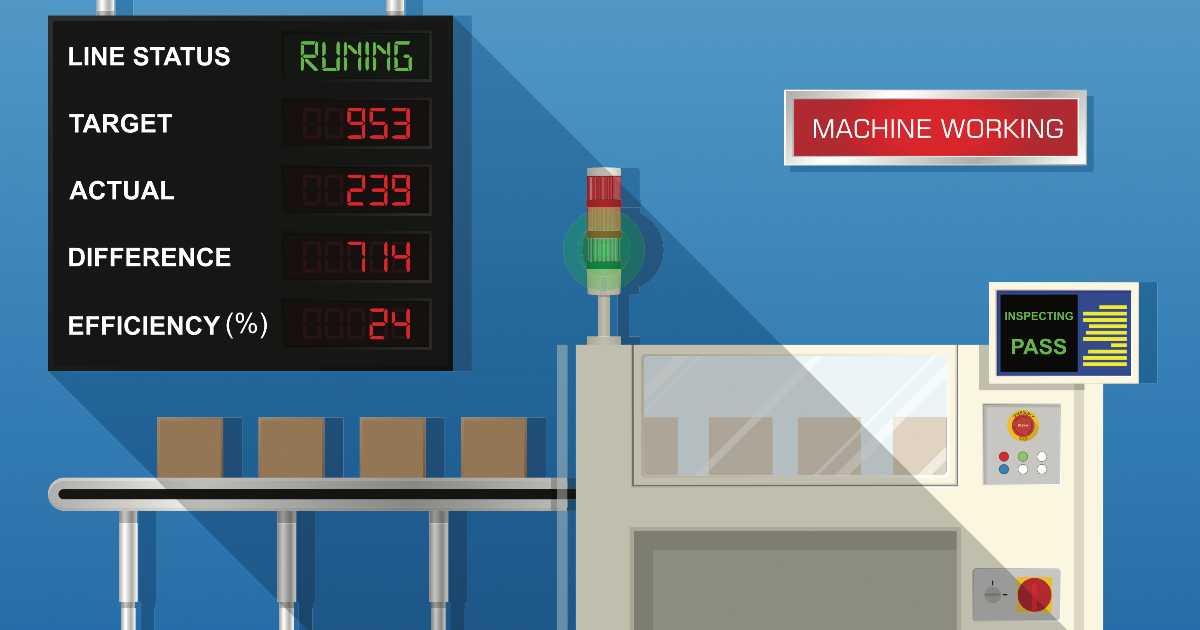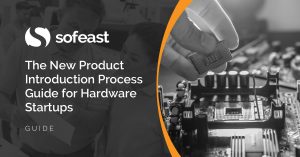When a new product is made in a factory for the first time, there are always uncertainties. And going straight into a large production batch is risky.
Many issues can cause that first batch to be a disaster, including:
- One of the materials/components is not up to standard, or some parts don’t fit together as planned
- The operators, or the inspectors, haven’t been trained and make mistakes
- Some of the operations can’t be done as planned in a consistent manner
- Some of the tools/fixtures/jigs are not ready or need to be fixed
- The testing stations can’t detect all the issues (or are not even ready)
Unfortunately, some of these issues can’t be caught by simply following a checklist. And they can make the first batch unsellable!

That means going straight into mass production is a serious risk. A lot of money might be wasted. Hence the need for pre-production pilot runs, to validate that the product design, the process design, and the parts’ quality are all good. (I wrote before about 9 benefits of doing pilot runs.)
How do different industries take preventive measures to address this risk?
Here is a selection of different industries and how they handle these risks:
Consumer electronics, to be made in the hundreds of thousands or the millions
This industry has its own jargon, which goes as follows:
- After Product Development is over, the product design is frozen and the “New Product Introduction Process” starts. That NPI process includes 3 levels of validation:
- EVT (Engineering Validation Testing): at least 1 build of 10-20 pcs to get products made of parts coming out of production-intent processes & tooling
- DVT (Design Validation Testing): at least 1 build of 20-100 pcs to get to the required colors & finish on the product (among other points to approve)
- PVT (Production Validation Testing): typically 2 or 3 builds of increasing quantities (up to 500 or 1,000 pcs) to confirm production is going smoothly and can ramp up
- Mass Production: starts after it’s been validated that most of the kinks have been worked out.
Electro-mechanical products to be made in the thousands with a slow ramp-up
This is quite different. The risk of getting mass production wrong is still high. But the risk of wasting a lot of money is much lower.
I have seen many manufacturers wing it and go straight into the first batch of 1,000 or 5,000 pcs. And, if it’s a new product, there are always issues.
I firmly believe that buyers should always force the factory to run at least 1 pilot build on their production equipment, and to ‘re-pilot’ as needed if serious issues are detected. Going through 3 or 4 builds before mass production is on the high side but it does happen.
Garments to be made in the thousands or tens of thousands
The garment industry is used to jumping directly from the product design into mass production.
I can understand why. There is time pressure. The styles are a little different but often not that different. The designers are usually very far away from the sewing workshops.
In that context, how can they reduce the risk of quality issues in sewing? By giving a lot of attention to the start of each new style. Ensuring the sewing machines are well set and operators are trained, and giving feedback immediately when an issue is found, do go a long way.
There will still be 1% or 2% defectives, even from a very good factory. That’s something buyers have come to accept. With that in mind, there is probably no strong need to invest extra engineering resources.
Automobiles, to be made in the hundreds of thousands
A car assembly plant has a lot of preparation to do before they can start making a new model. If they stopp the line and the whole factory gets to a halt, they lose a lot of revenue (say, the equivalent of 1 car per minute).
I won’t go into the specifics of the way they validate that the processes are ready for production. I want to point out that this is a very different animal, responding to some contraints that other industries don’t have.
They focus both on quality and on speed — they increase the speed at which the cars are made in each successive build.
A car plant aims at working like a finely-tuned clock, and they are very deliberate in spending time and resources to get to the point where their process is predictable and leads to the desired results consistently. A lot of money is at stake, and it makes sense!
*****
What’s the process you follow to reduce risks and problems before going into mass production? Any experiences or tips to share? Let me know in the comments, please.
The New Product Introduction Process Guide for Hardware Startups
In this guide, we explore everything that inventors, SMEs, and hardware startups need to know about making a new product in China and bringing it to market.
We include:
- Why preparation between product design and launch is necessary
- Exploring the NPI process, from product idea to production
- Finding the right manufacturing partner
- Design reviews & adjustments: DFM, DTC, DFQ
- Optimizations for improving cost and quality
- Small production runs before mass production
- Your role in the NPI process
If you’d find this helpful, take a look now over at my company Sofeast by hitting the button below:


